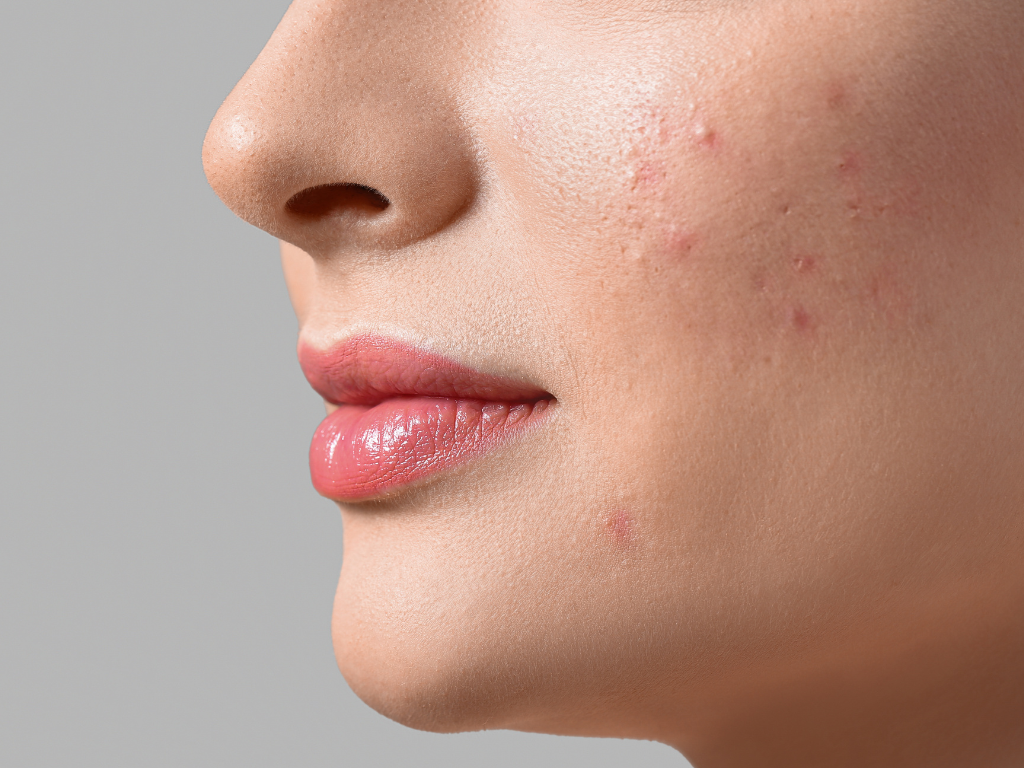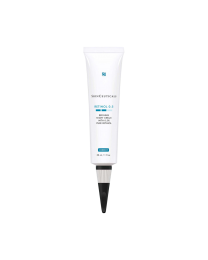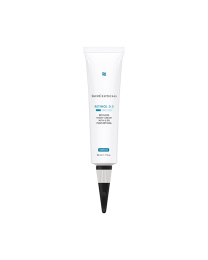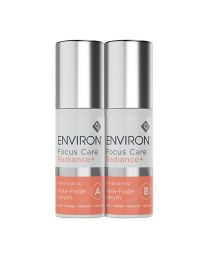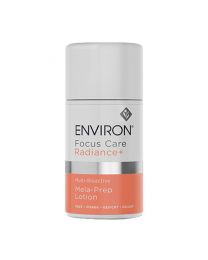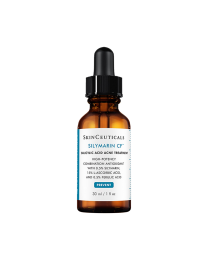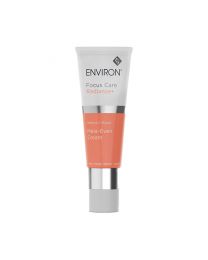Blemishes Explained
Whether it’s occasional blemishes, the odd pimple or more long-term spots, blemishes are no welcome guest to anyone’s complexion. While they’re often more prevalent in teenagers, they can occur at any age; alarmingly common before an important occasion, just when we want to look our best. However, it is possible to reduce and even prevent blemishes if armed with a little knowledge, a good skin care regimen and, on occasion, professional help. Follow our failsafe guide to understanding and preventing blemishes for clearer, more even-looking skin.
What causes blemishes?
A variety of factors contribute to the formation of blemishes, but a combination of bacteria, excess oil, and clogged pores are known to play a major role. Imperfections often begin with a build-up of dead skin cells and oil within a pore. This forms a ‘plug’ that blocks the pore opening and creates an environment allowing bacteria to multiply. The overgrowth of this bacteria may lead to redness and inflammation associated with blemishes, which can occur occasionally in one specific spot or consistently over a larger area of the face and/or body. This inflammation can also trigger the formation of more blemishes.
Hormonal fluctuations and stress can also increase blemishes, and some clinical studies have found that certain foods like dairy and sugar (and other high-glycemic index foods) can also impact the skin's complexion. In addition, it’s especially important for blemish-prone skin types to choose targeted blemish products that are ‘non-comedogenic’, which means they will not cause pores to become clogged.
What products are good for blemish-prone skin?
Products that promote skin’s natural exfoliation are essential for any anti-blemish regimen. Regular exfoliation with ingredients such as salicylic acid can reduce the build-up of dead skin cells. The exfoliation provided by acids and retinol can also help improve the appearance of skin discolouration caused by past blemishes, enhance skin smoothness, and promote a more even and radiant skin tone.
All skin types—including oily and blemish-prone—require extra hydration as well. An oil-free moisturizer with hyaluronic acid is ideal for hydrating the skin.
Sunscreen is another essential daily skincare product for blemish-prone skin. Firstly, it’s a myth that sun exposure helps clear up blemishes. Although a suntan may improve the appearance of imperfections at first, the damage and dryness caused by exposure to UV rays can cause increased production of sebum, increasing the likelihood of blemishes. A properly formulated non-comedogenic sunscreen, such as ISDIN EryfotonaⓇ Ageless, ISDIN EryfotonaⓇ Actinica, and EltaMDⓇ SPF 46 Tinted, can help to protect oily and blemish-prone skin from UV rays without clogging pores.
What is the best blemish-fighting ingredient?
There is no universal blemish-fighting ingredient as different skin types have different needs. However, exfoliation with ingredients like salicylic acid can help prevent pores from becoming clogged with dead skin cells.
Retinol and exfoliating acids are particularly effective for those who are also concerned about visible signs of ageing. In addition to helping prevent clogged pores, these ingredients also help improve the appearance of fine lines and wrinkles, uneven skin tone, and other age-related skin changes.
How do you get rid of dark spots from blemishes?
Lingering pigment changes in the form of dark spots are common after blemishes have healed—and discolouration caused by past pimples (also known as post-inflammatory hyperpigmentation) can remain long after. Retinol, as well as lipo-hydroxy acid, glycolic acid, and salicylic acid, exfoliate the uppermost layers of the skin where post-blemish pigment resides to help promote an even skin tone and restore radiance.
Source: https://www.skinceuticals.co.uk/en_GB/blemishes-explained.html

